“While standing dumbstruck (again), gazing at the Tetons, I was wondering how one could ever paint them and do them justice,” a student emailed me. “Values and composition could be perfect and not capture the clouds swirling around the peaks or the fleeting rays of sun highlighting the face of a cliff.
“Day after day, I see mundane paintings of places like this. I see painters resorting to garish colors or blocky shapes. They don’t seem driven by the quest to capture the magical essence of these places. They just want to do something ‘different’.”
The Hudson River School painters, Thomas Moran, and even the Group of Seven were partly explorers, partly documentary painters, and partly evangelists for national identity. Today, exploration and documentation are dead pursuits. As for forging a national ethos, that seems hopeless in an age of ever-fracturing social values.
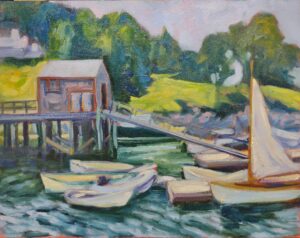
What, then, is the role of landscape painting?
There are times when I ask myself, “does the world need one more landscape painting?” Landscape painting is the unloved child of the contemporary art world, looked down on by its mandarins. It’s so traditional, and so beloved by middle-class people, that it just can’t be good, right?
Looking in vs. looking outward
We live in an age of omphaloskepsis. Our ancestors would never have imagined that our solutions, our meaning, or indeed even our troubles originated within ourselves. That’s what gave us expressionism, an art movement that presents ideas subjectively, distorting them based on our emotional state. That could never have flown prior to the 20th century (although the term is sometimes erroneously used for earlier passion/mystical painting).
Abstraction and expressionism have greatly influenced landscape painting, with painters interpreting the outside world through their internal lens, such as with distorted color or extreme simplification. The first people to do this, such as Georgia O’Keeffe or Charles E. Burchfield, were very innovative indeed. However, it’s been done to death. It is only applauded today because artists and art critics are-despite what you think-very much herd animals. They’re no more courageous than any other discipline.
So, do we all have to paint like Albert Bierstadt?
Albert Bierstadt was a great painter, but he was born nearly two hundred years ago. Even the Group of Seven were painting a century ago. Their realities are not our reality, their concerns are not our concerns.
Landscape painting became significantly less important after World War I. Many of its major practitioners, including O’Keeffe and Burchfield, along with Alex Katz, Milton Avery, and David Hockney, were chiefly concerned with applying abstraction and/or expressionism to landscape. That meant that great landscape painters like Edgar Payne were never marquee names.
That’s both a problem and an opportunity. Landscape painters have the same kind of academic barriers to break through that their Impressionist ancestors did. But we also have an opportunity to develop a whole new vocabulary of landscape painting without tradition tying us down.
Does anyone ever need to paint another wave?
I’m glad nobody ever asked Frederick Judd Waugh or Winslow Homer that question, for the art world would be immensely poorer without their surf paintings. The same can be said of Frederic Remington‘s nocturnes, John Carlson’s snow paintings, or all those haystacks Claude Monet painted. None of them painted those subjects as a schtick; they were working their tootsies off to develop as painters. And the legacy they’ve left us is priceless.
Reserve your spot now for a workshop in 2025:
- Advanced Plein Air Painting, Rockport, ME, July 7-11, 2025.
- Sea and Sky at Acadia National Park, August 3-8, 2025.
- Find Your Authentic Voice in Plein Air, Berkshires, MA, August 11-15, 2025.
- Immersive In-Person Fall Workshop, Rockport, ME, October 6-10, 2025.

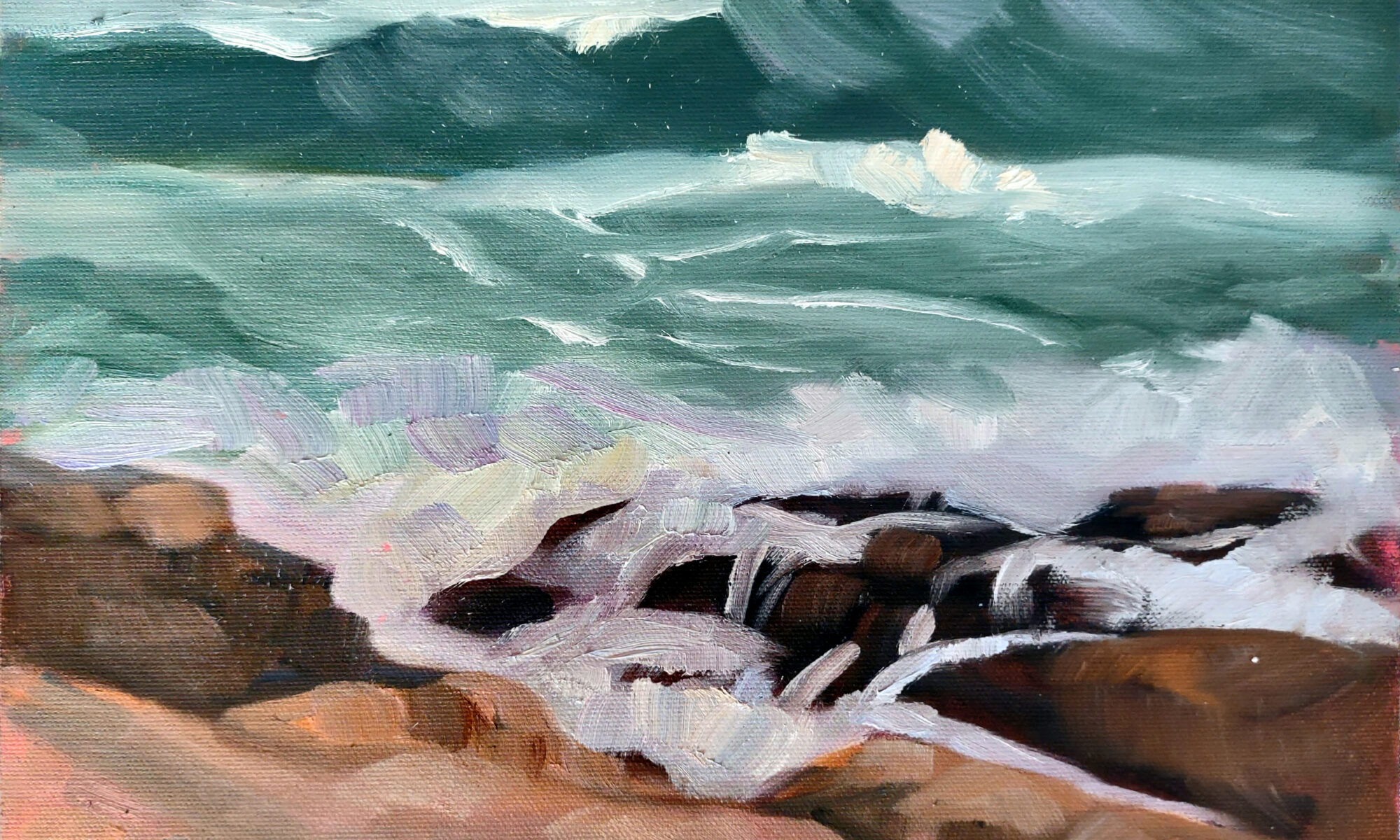
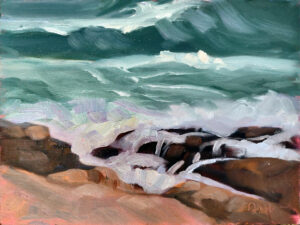
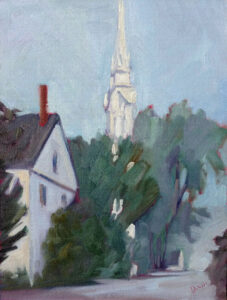
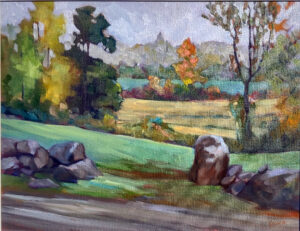
“Abstraction and expressionism have greatly influenced landscape painting, with painters interpreting the outside world through their internal lens, such as with distorted color or extreme simplification. The first people to do this, such as Georgia O’Keeffe or Charles E. Burchfield, were very innovative indeed. However, it’s been done to death. It is only applauded today because artists and art critics are-despite what you think-very much herd animals. They’re no more courageous than any other discipline.”
Making drawings and paintings is a highly personal journey marked by many more misses than hits. Truly a philosophical pursuit if you’re doing it right.
Some mediums and timeframes better lend themselves to plein air work. Personally I hate retouching my plein air work later in the studio. I also loathe committing more than a few hours to something I view as a journey contributing to personal growth. Everyone’s discipline and goals are different.
All landscape painting is an “abstraction” or “expression” created by applying marks to a substrate, as realistic looking as some paintings may be. For me “done to death” are formulaic paintings that all look the same. This is where the throngs are…artisans making ornaments using a formula that sells to a public that wants that. Death…
What’s important? That those who wish to paint, paint. That when one does paint, they grow. That when one looks at a piece of art they find challenging—not my style, hard to look at, haven’t seen anything like that before—they approach it with an open mind because there is always a takeaway and it’s possible to like it someday. That we understand making art and doing it right is a vulnerable activity. Supporting other’s journeys only enhances our own.
I did like the list of artists in this article. Will definitely go revisit a few.
Thank you, Patrick, for a very insightful comment!